Rear Frame no. RC9872B/C Crankcase mating no. WW56 / WW56 • Family ownership for approximately 25 years • Matching numbers example • Part of a private collection The HRD company was acquired by young engineer Philip Vincent, with financial backing from his father. After an initial flirtation with Swiss-made MAG engines, Vincent settled on JAP engines, as Howard Davies had previously, and introduced his trademark rear-sprung frame. A Rudge 'Python' engine was offered as an alternative to the JAP but, unimpressed by the standard of 'bought-in' engines, Vincent and fellow engineer Phil Irving designed their own engine for 1934, with their (now traditional) high-camshaft layout. Initial models with this engine were the Meteor and Comet, later variations being the Comet Special and the TT model. Soon after, by mounting two top ends onto a common crankcase, the A series 998cc twin was evolved in 1936, with the apocryphal tale of its conception as a result of two single-cylinder drawings being overlapped. Production of this model lasted only until war broke out in 1939. Post war, Phil Vincent and designer Irving laid down the details of the new post-war V-twin to replace the pre-war version; their ambition for the model was that it would live up to their proposed advertising strapline for the machine of 'The World's fastest standard Motorcycle!'. Introduced in 1946, the Series B Rapide was certainly fast, but it soon became clear to Vincent that a tuned version would be required to further enhance the marque, and the Black Shadow was announced in the early part of 1948. It was the first genuine two-miles-per-minute production bike, with a reputed top speed of around 125 mph. The Series B Black Shadow was supplanted, after only around one year, by the Series C version with Girdraulic forks and different rear frame. A matching numbers example, UNO 770 was despatched from the Vincent factory in November 1951, sent to a dealer named GBR Motors in Colchester. It appears to have languished unsold, until being registered for the road on 4th June 1952. The bike was purchased by the vendor's father in approximately 1993, since when it has formed part of the family's private collection of vehicles. The only apparent deviation from standard is the use of later Amal carburettors. Used only occasionally, the Shadow has been in dry storage in recent years, and the vendor intends to have the bike running, and with a new battery fitted, by the time of sale. Documentation comprises an old-style V5C, together with a photocopy of a previous old-type V5.
Rear Frame no. RC9872B/C Crankcase mating no. WW56 / WW56 • Family ownership for approximately 25 years • Matching numbers example • Part of a private collection The HRD company was acquired by young engineer Philip Vincent, with financial backing from his father. After an initial flirtation with Swiss-made MAG engines, Vincent settled on JAP engines, as Howard Davies had previously, and introduced his trademark rear-sprung frame. A Rudge 'Python' engine was offered as an alternative to the JAP but, unimpressed by the standard of 'bought-in' engines, Vincent and fellow engineer Phil Irving designed their own engine for 1934, with their (now traditional) high-camshaft layout. Initial models with this engine were the Meteor and Comet, later variations being the Comet Special and the TT model. Soon after, by mounting two top ends onto a common crankcase, the A series 998cc twin was evolved in 1936, with the apocryphal tale of its conception as a result of two single-cylinder drawings being overlapped. Production of this model lasted only until war broke out in 1939. Post war, Phil Vincent and designer Irving laid down the details of the new post-war V-twin to replace the pre-war version; their ambition for the model was that it would live up to their proposed advertising strapline for the machine of 'The World's fastest standard Motorcycle!'. Introduced in 1946, the Series B Rapide was certainly fast, but it soon became clear to Vincent that a tuned version would be required to further enhance the marque, and the Black Shadow was announced in the early part of 1948. It was the first genuine two-miles-per-minute production bike, with a reputed top speed of around 125 mph. The Series B Black Shadow was supplanted, after only around one year, by the Series C version with Girdraulic forks and different rear frame. A matching numbers example, UNO 770 was despatched from the Vincent factory in November 1951, sent to a dealer named GBR Motors in Colchester. It appears to have languished unsold, until being registered for the road on 4th June 1952. The bike was purchased by the vendor's father in approximately 1993, since when it has formed part of the family's private collection of vehicles. The only apparent deviation from standard is the use of later Amal carburettors. Used only occasionally, the Shadow has been in dry storage in recent years, and the vendor intends to have the bike running, and with a new battery fitted, by the time of sale. Documentation comprises an old-style V5C, together with a photocopy of a previous old-type V5.
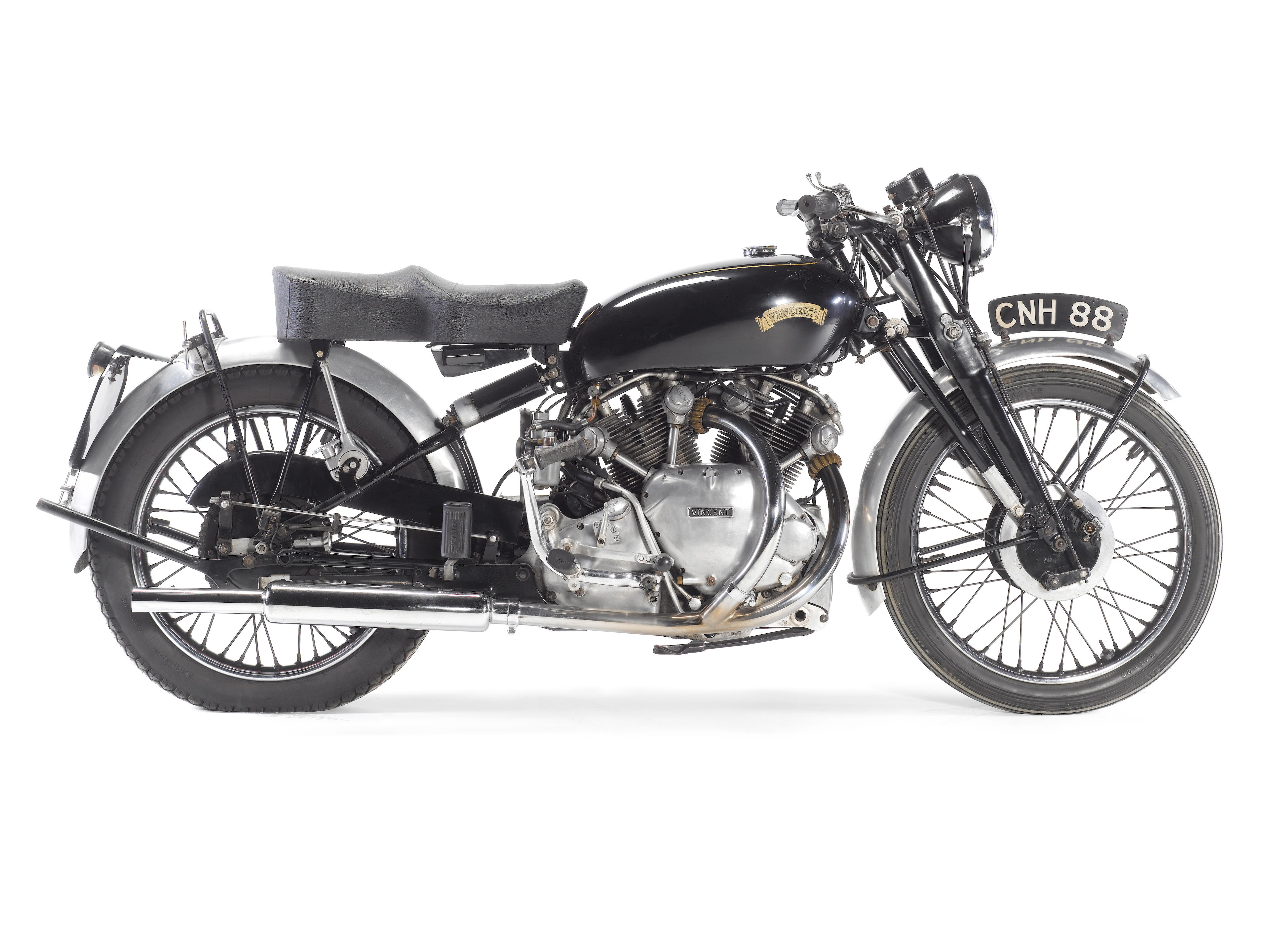
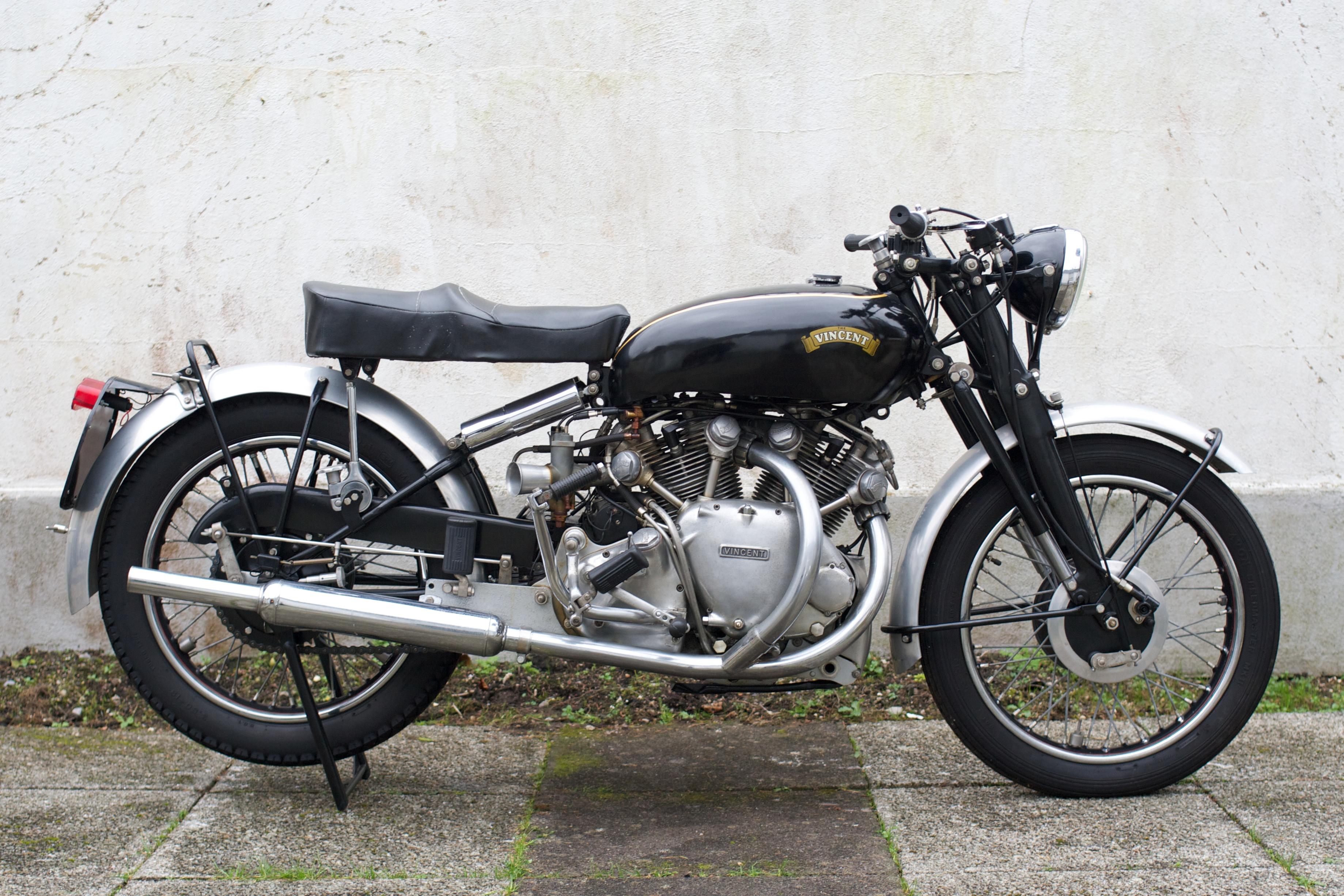
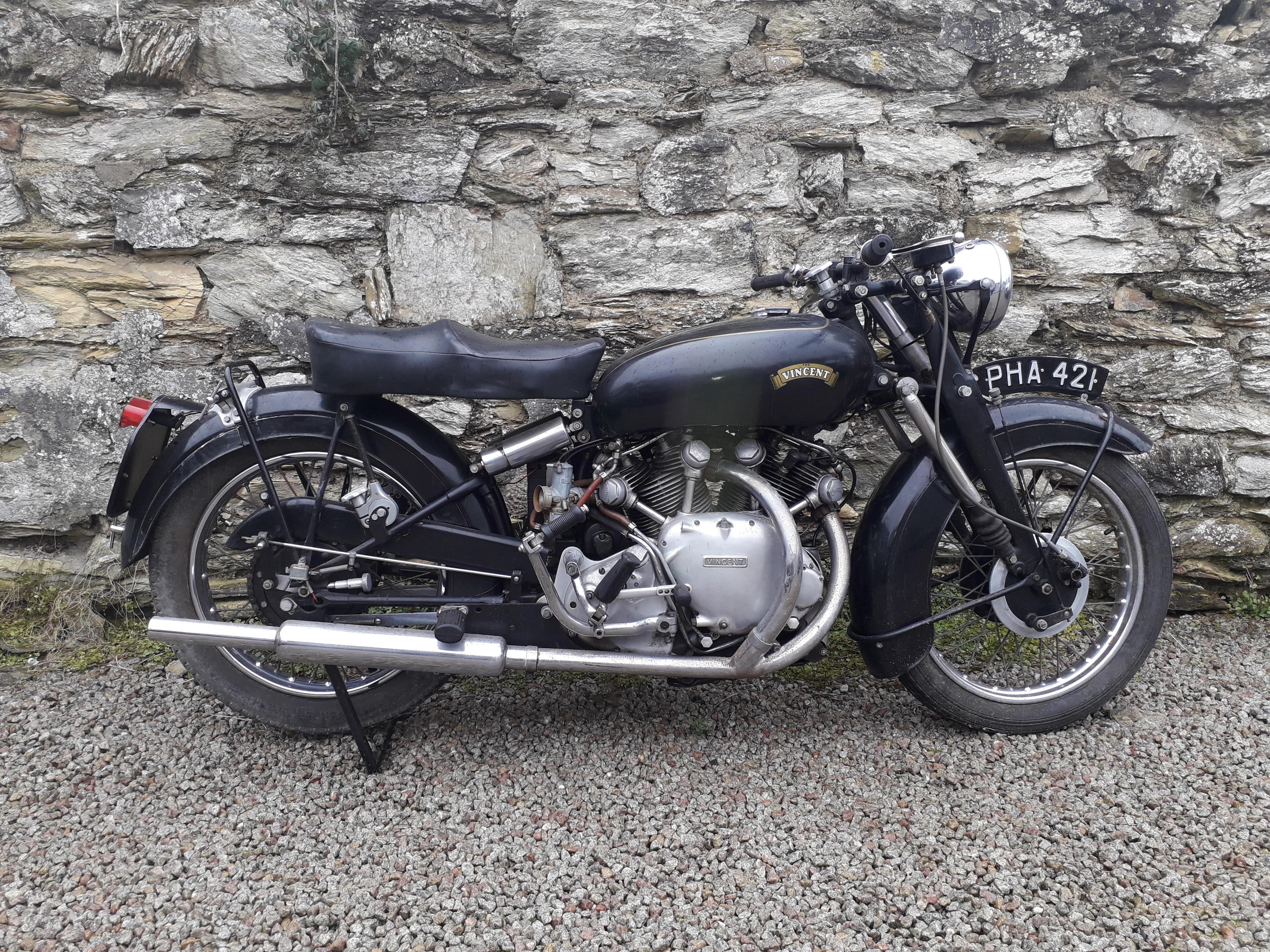
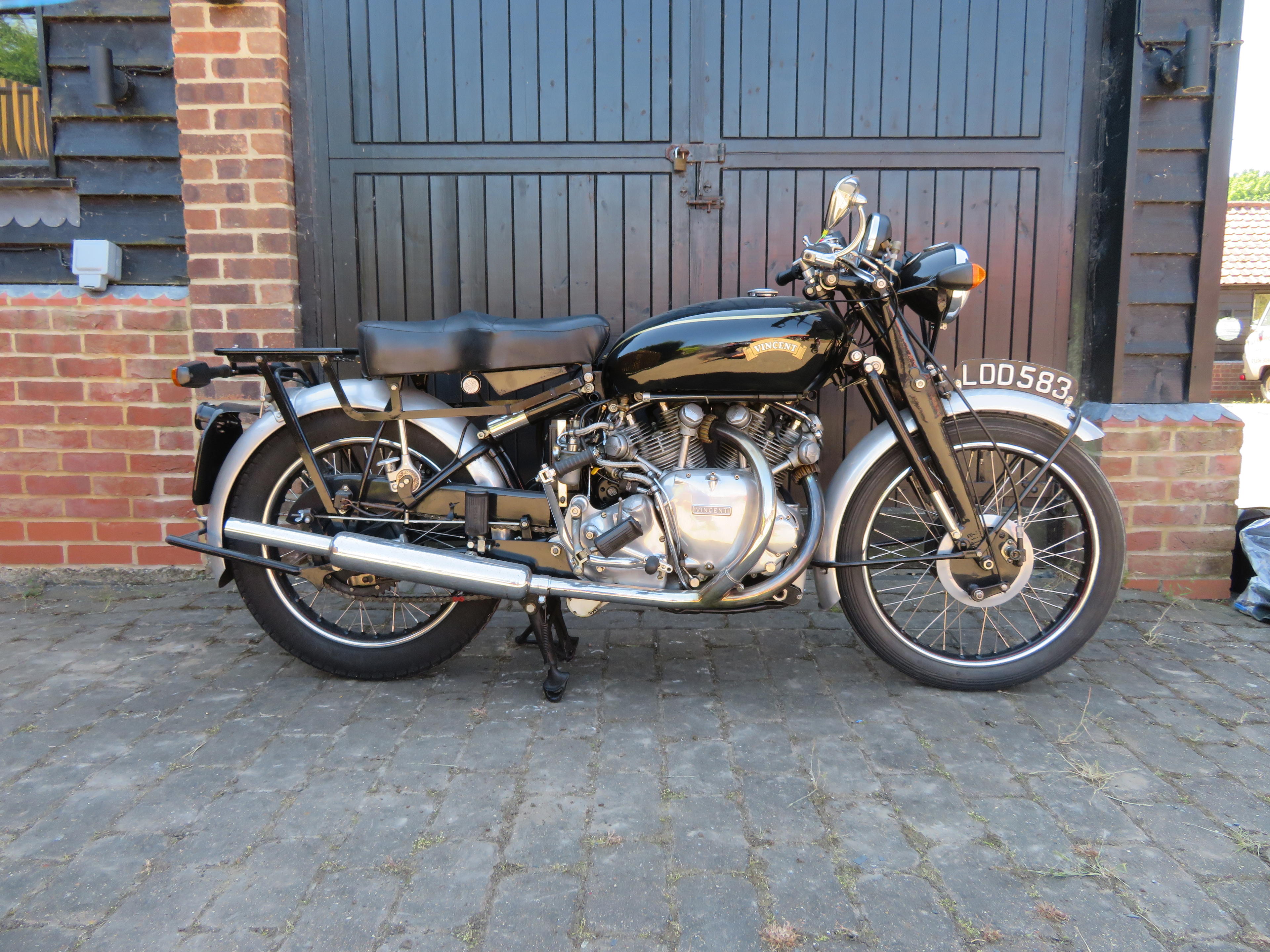

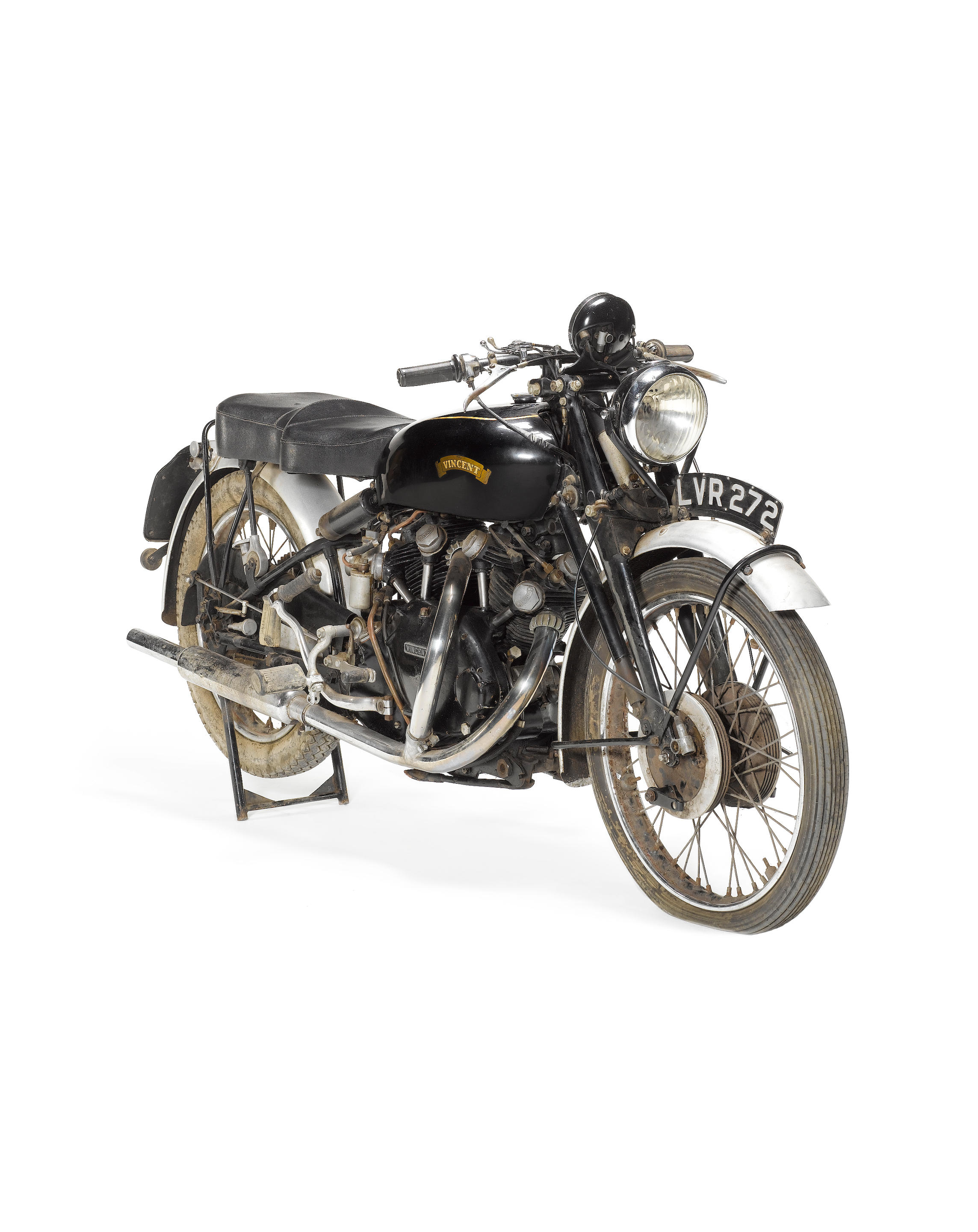

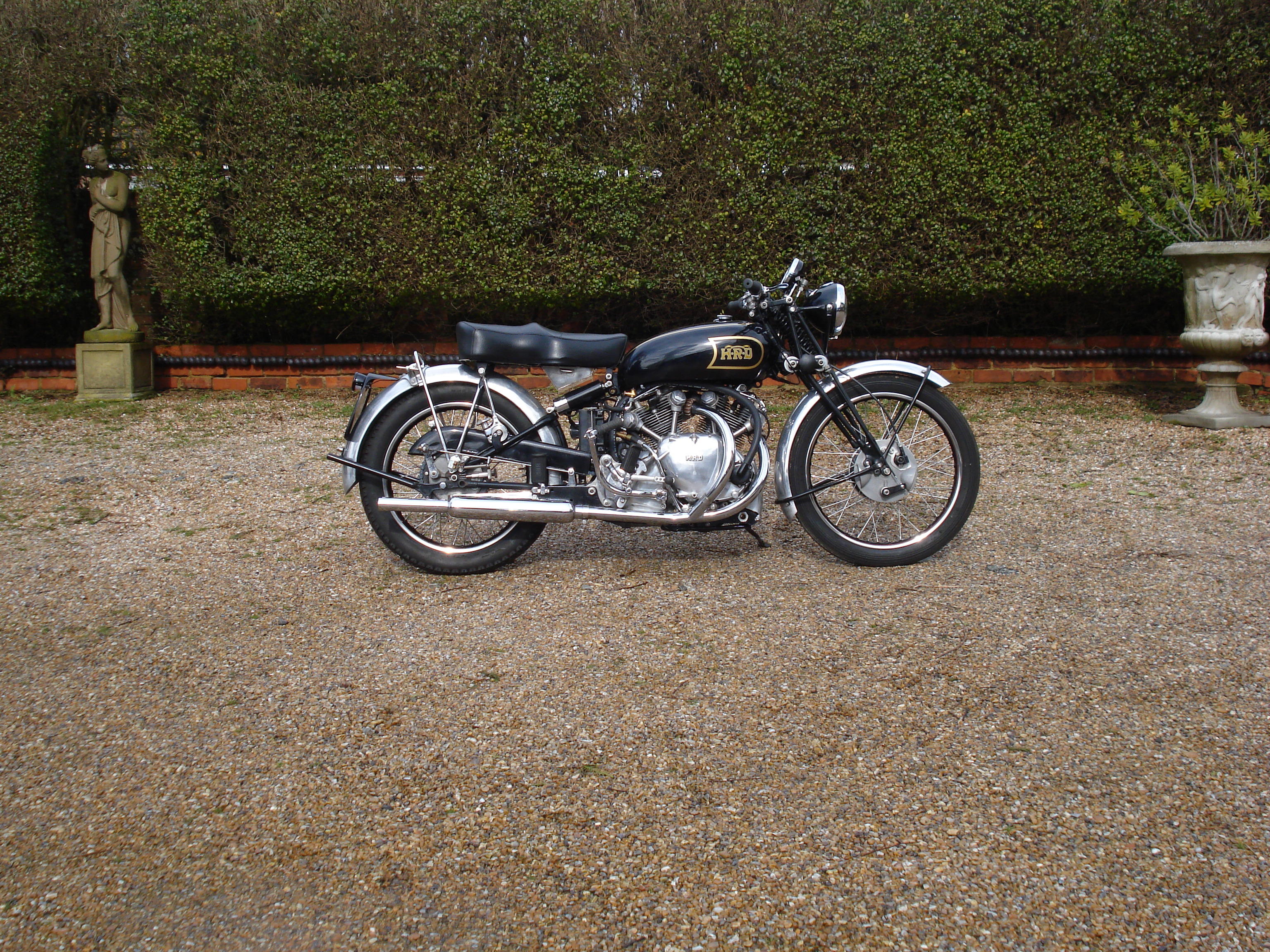

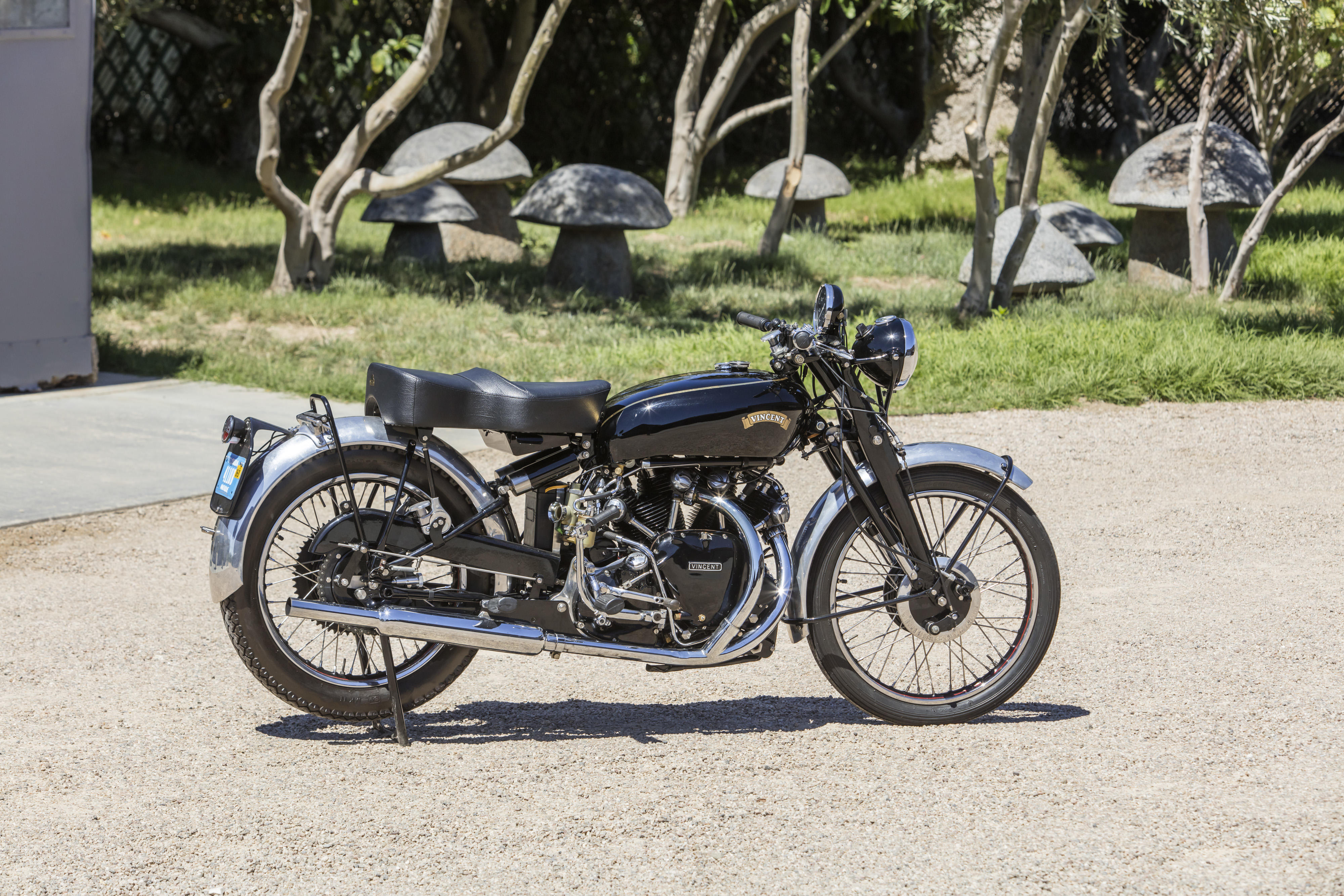
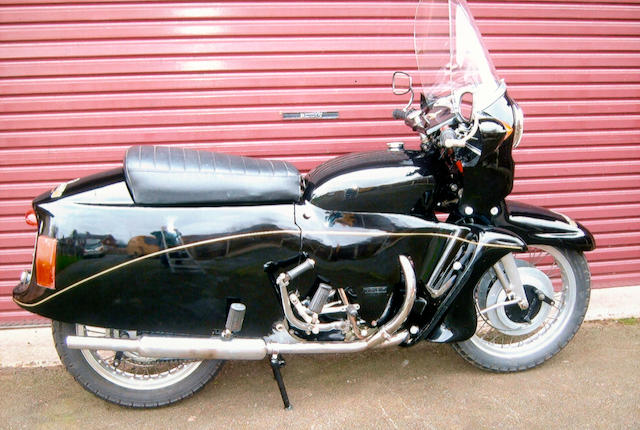
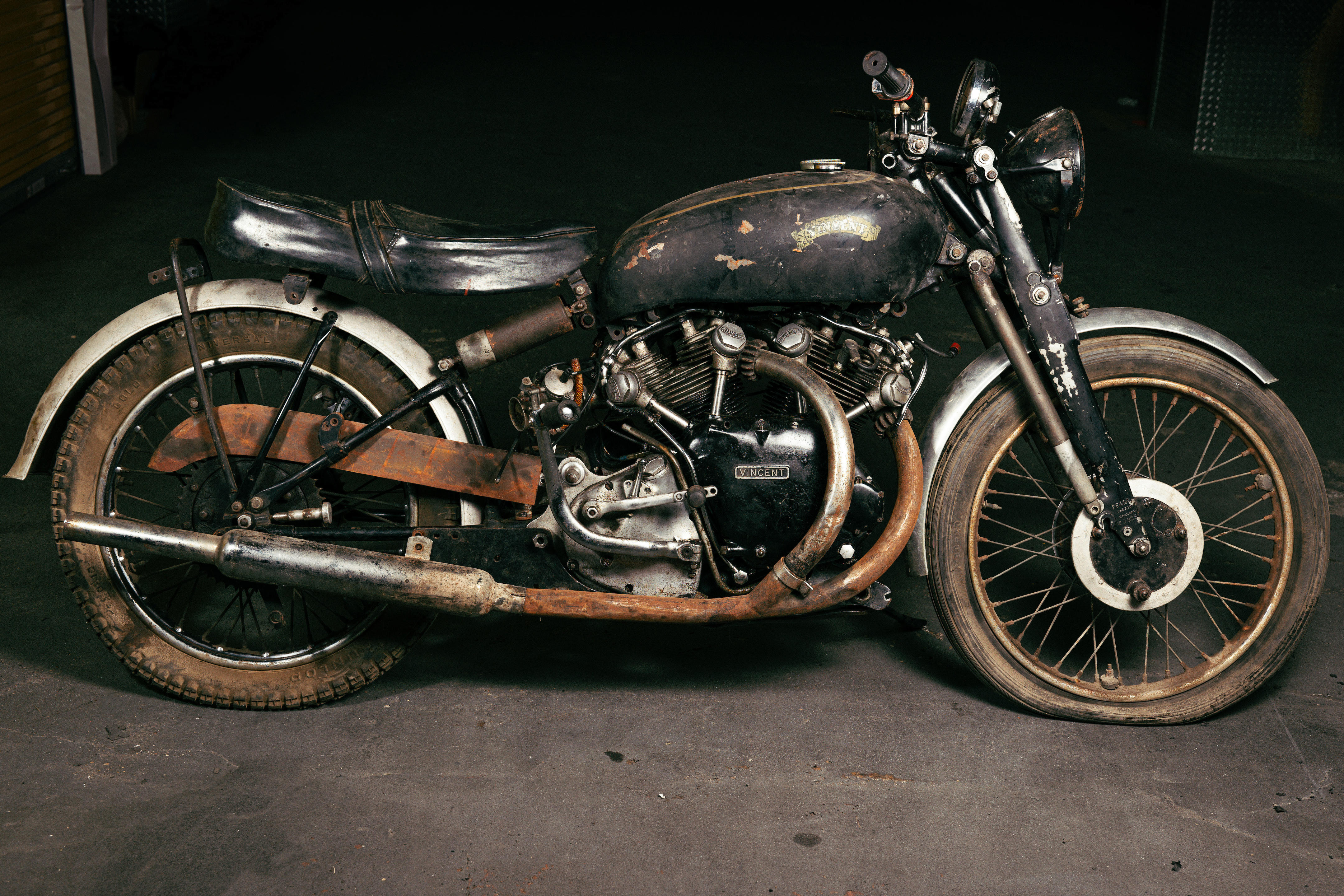
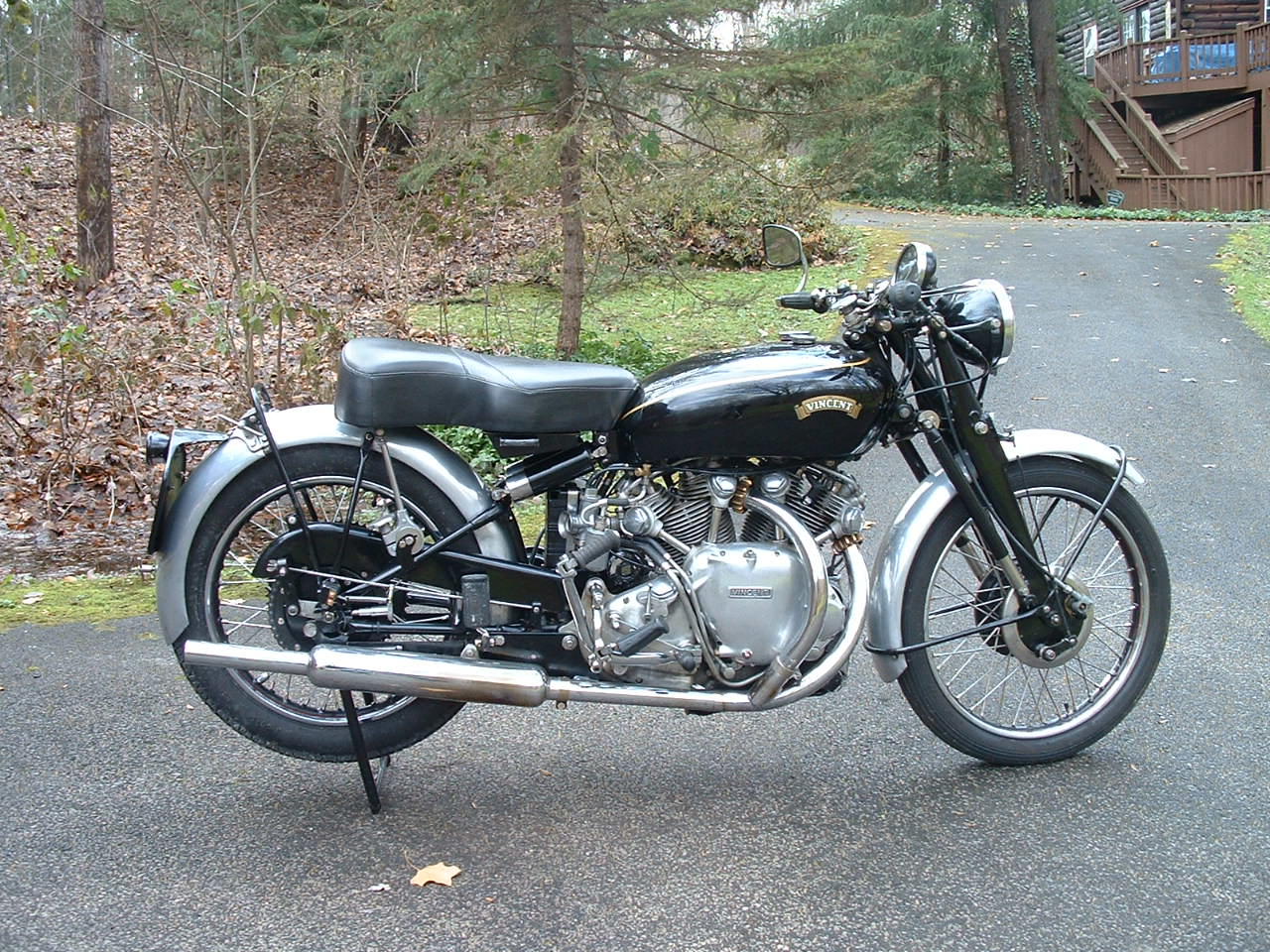

Testen Sie LotSearch und seine Premium-Features 7 Tage - ohne Kosten!
Lassen Sie sich automatisch über neue Objekte in kommenden Auktionen benachrichtigen.
Suchauftrag anlegen